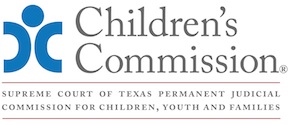
Texas Child Protection Law Bench Book
Updated September 2025
H. The Indian Child Welfare Act and the ICPC
Because the ICPC is a compact adopted by states as state law, the federal ICWA law preempts conflicting state law. Thus, the ICPC does not apply to interstate placements of an “Indian child” if the placement is being made within an Indian reservation unless:
• The tribal government requests ICPC services;
• The Tribe has adopted the ICPC; or
• The Tribe has an existing Title IV-E agreement with the state requiring ICPC compliance.
If an “Indian child” is being placed interstate but not within a reservation, the ICPC applies to that placement. However, the placement requirements of ICWA preempt any ICPC requirements that interfere with or impede the implementation of the placement required by ICWA. For information about placement preferences and requirements when ICWA is involved, see the Indian Child Welfare Act chapter of this Bench Book.